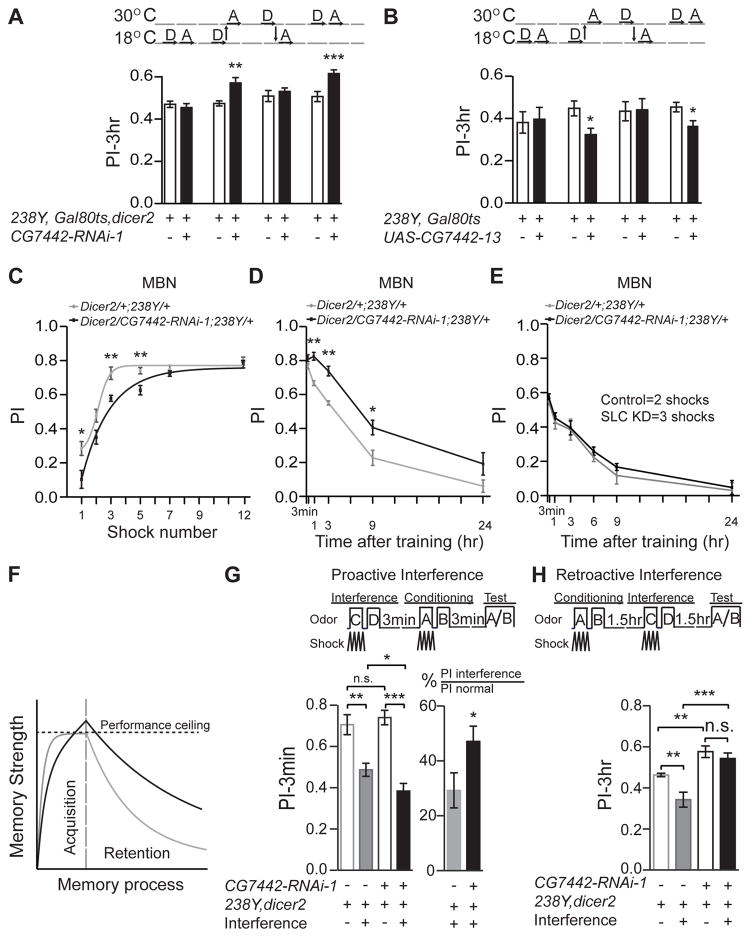Figure 5. DmSLC22A is required during adulthood for normal memory acquisition and retention.
(A, B) Shifting knockdown or overexpressing flies from 18° to 30°C at eclosion produced the memory phenotype observed with constant treatment at 30°C. D=Development, A=Adulthood. Statistics: Results are plotted as the mean ± SEM. Two-tailed student’s t-test with *P<0.05, **P<0.01, ***P<0.001. N=8–12 for each group. (C) Memory acquisition using 1- to 12-shock training. (D) Memory retention after 12-shock training at time points up to 24h after conditioning. (E) Memory retention after normalizing initial acquisition. Control and DmSLC22a knockdown flies were trained with 2 and 3 shock pulses, respectively, providing for normalized initial performance at PI=0.56. Memory retention was measured from 3m to 24h conditioning. Statistics for C–E: Results are plotted as the mean ± SEM. Two-way ANOVA and Bonferroni posthoc analysis with *P<0.05, **P<0.01. N=8–12 for each group. (F) Schematic diagram of acquisition rate and memory retention for control (gray) and DmSLC22A knockdown (black) flies, showing that the rate of acquisition is slowed in the knockdown flies but that the strength of memory produced during “saturation” training exceeds the control as well as the ceiling level of behavioral performance. (G, H) Effects of proactive and retroactive interference on memory performance. Proactive interference (G) was introduced prior to conditioning and 3m performance measured. The greater interference observed with the DmSLC22A knockdown flies indicates a stronger memory of the interference training. Retroactive interference (H) inhibited performance of the DmSLC22A knockdown less than the control genotype, indicating stronger memory of the initial conditioning event. Statistics for G, H: Results are plotted as the mean ± SEM. One-way ANOVA with Tukey’s post hoc comparisons with *P<0.05, ** P<0.01, ***P<0.001. N=8–12 for each group.

